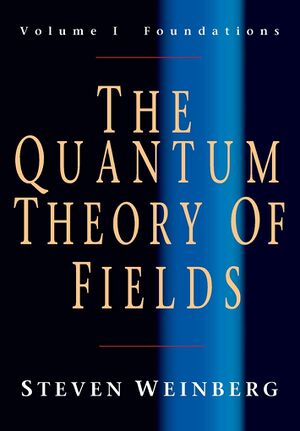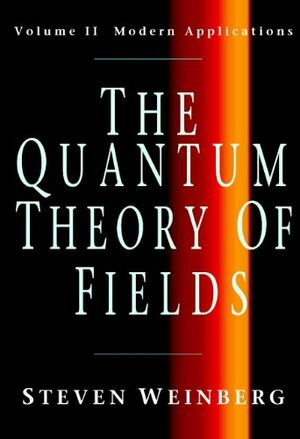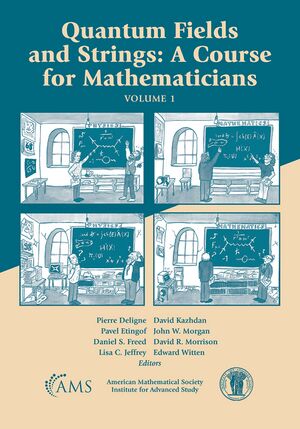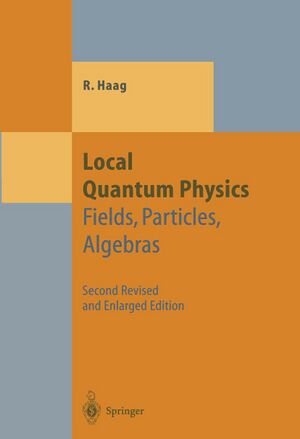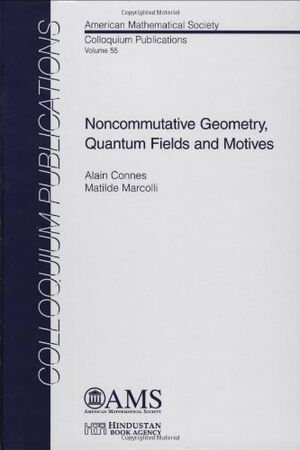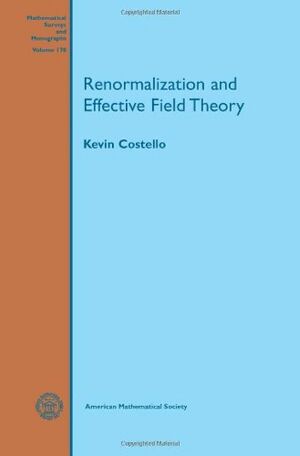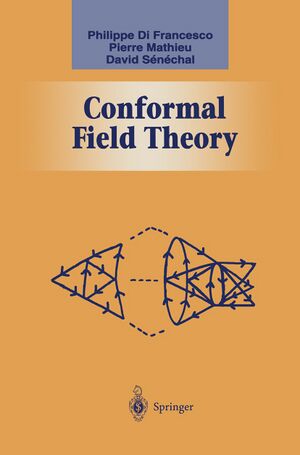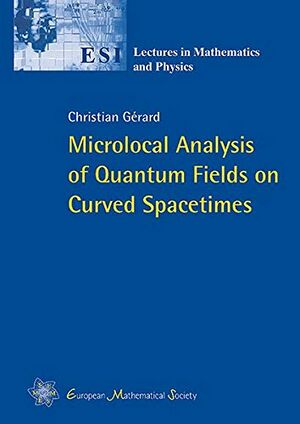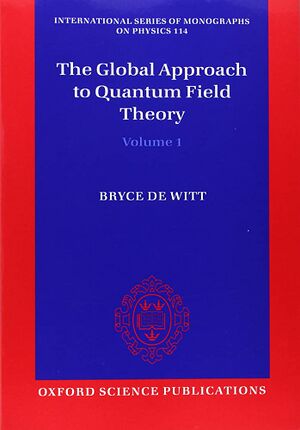Quantum Electrodynamics (Book)
| Quantum Electrodynamics | |
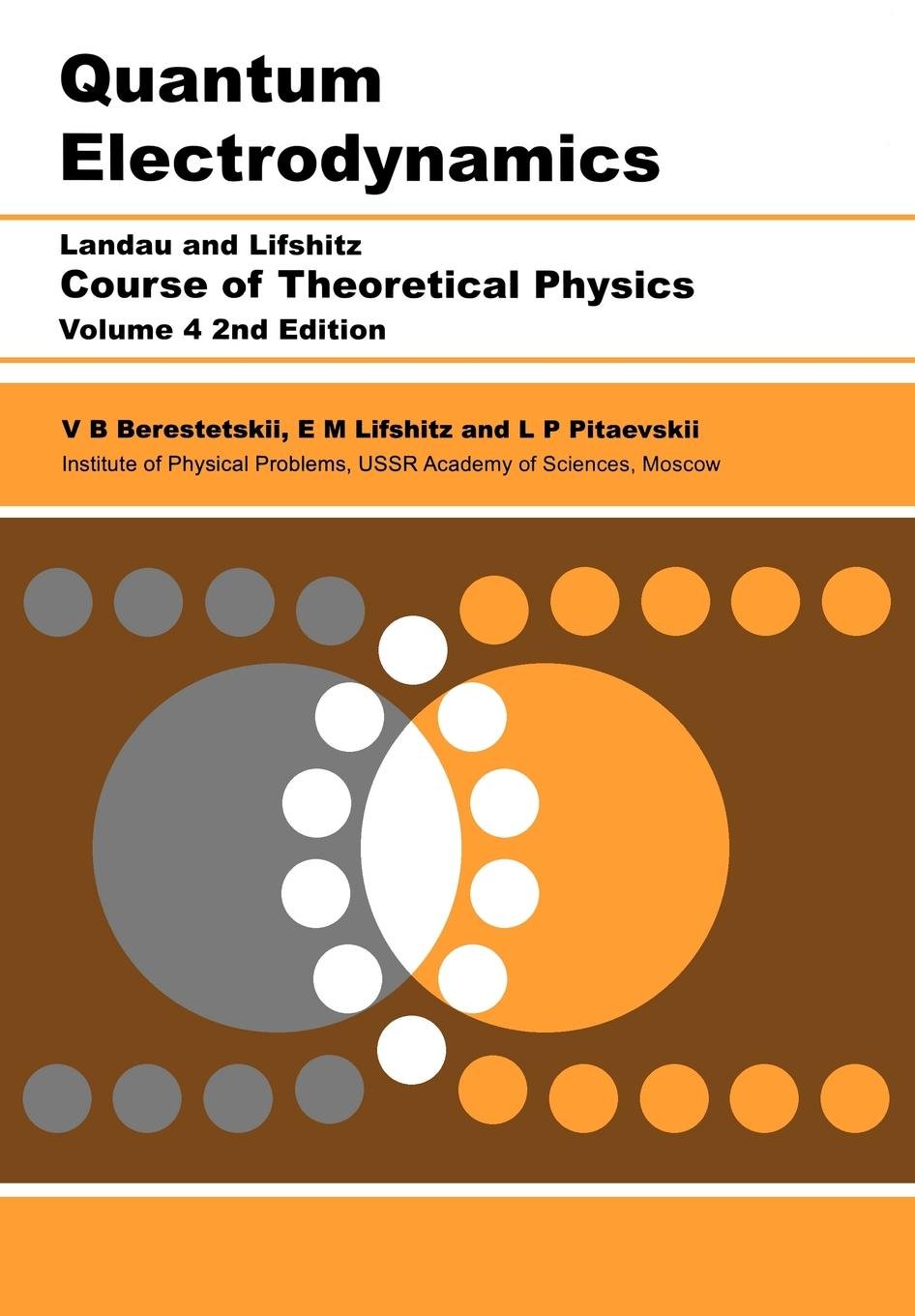
| |
| Information | |
|---|---|
| Author | Lev Landau |
| Language | English |
| Series | Course of Theoretical Physics |
| Publisher | Butterworth Heinemann |
| Publication Date | 1982 |
| Pages | 669 |
| ISBN-13 | 978-0-08-050346-2 |
In a previous edition of volume 4, the theory of strong and weak nuclear forces was covered, as is mentioned in the preface to the second edition. In hindsight, it wasn't possible to predict the path of these developments which continue today; This shouldn't reflect negatively on this quantum electrodynamics (QED) volume since the basics methods of the electromagnetic field have not changed, and continuing to experimental applications such as quantum optics will not feel anything lost in this treatment. Even at the time, QED was effectively a complete theory and maintains the highest accuracy predictions of any scientific theory in history. The same cannot be said of the excluded quantum gauge theories of the standard model. The present authors and likely Landau himself had the foresight to restrict focus on what could be completely understood, and explain:
- what a photon is, polarization
- what a boson and fermion are, induced action by space-time symmetries
- interaction of these particles with a classical field (to be thought of as a macroscopic lab environment)
- radiation and application of the scattering/S-matrix concepts introduced in volume 3
- perturbation and Feynman graph techniques to compute particle-particle interactions
And the level of mathematics developed is sufficient to continue to apply it to the quantum theory of metals and superfluid helium as in volume 9, condensed matter physics.
So what has gone beyond QED? The same finite-volume and finite-energy cutoffs made by Landau in the introduction are embedded into the mathematics of renormalization and effective field theory. The representation theory arguments in Woit's and Mackey's books are used by Weinberg to pin down particle species and interactions, determining much of the basic structure of the relativistic theory from first principles alone. This is the single biggest practical step in how the theory is viewed by physicists since its inception by Jordan, Born, and Heisenberg. As can be seen in Atiyah's book on gauge fields and Michelsohn-Lawson on Spin geometry, there is more geometric depth to the classical theory of fields. Standard QFT techniques dictate that we start with classical fields (either functions or gauge fields on bundles) and quantize them to produce a space of operators with desired commutation relations that also respect representation-theoretic aspects of the classical fields, or equivalently directly compute the expectation values of these operators with path integrals using the classical field Lagrangian. Classical gauge theory has been used to further describe dynamical properties of the quantum theory, famously such as Weinberg and Salam's Electroweak theory and Anderson-Higgs' symmetry breaking. At the quantum level, we measure complex amplitudes which are given by Green's functions/Correlation functions/propagators that relate the probabilities of processes relating individual points in space-time. These are integrated together to give individual operators on the abstract Hilbert space, which is captured in the Wightman formalism in the Fields and Strings book. Since then, multiple types of axiomatic QFT have emerged to pin down the space of QFTs as a mathematical and geometrical entity:
- Wightman/correlator-based QFTs
- Haag-Kastler/C*-algebra based QFTs (continued into Connes' approach)
- Topological QFTs (originating with Atiyah, Witten, and Segal with axiomatic conformal field theory)
As Costello puts it, QFT based on Lagrangians of fields (and correlator techniques) is the most fundamental. C*-algebra QFT has been used to describe information theoretic aspects of QFT, even near black holes, but yields few concrete techniques in the way of relevant QFT. TQFTs skirt formulating the analytic content of what a QFT is, focusing instead on their emergent topological properties, but goes even further from real physics. They are however a novel topological invariant, so more resources on TQFT will appear here under further algebraic topology.
Once some structural understanding of many basic examples of QFTs was achieved, starting with the S-matrix, the "bootstrap" philosophy began where one algebraically specified the relations between observables and their symmetries out of principle. This leads to the perspective of there being a space of QFTs, where CFTs (conformal field theories) are realized as special fixed points of a flow - much like as with phase transitions in statistical mechanics. Alternatively, other physicists try to determine the source of the analytic properties of the S-matrix leading them to vast simplifications in the computations of amplitudes by circumventing their expression as space-integrals.
Applications[edit]
Applications of Lie Groups to Differential Equations
The Quantum Theory of Fields 2, Gauge Theory by Steven Weinberg.
Quantum Fields and Strings: A Course for Mathematicians
Axiomatic classical and quantum field theory for mathematicians.
Local Quantum Physics: Fields, Particles, Algebras
C*-algebraic quantum field theory by Rudolph Haag.
Noncommutative Geometry, Quantum Fields and Motives
Noncommutative Geometry, Quantum Fields and Motives by Alain Connes and Matilde Marcolli.
Renormalization and Effective Field Theory
Renormalization and Effective Field theory by Kevin Costello
Conformal Field Theory
Conformal Field theory by Philippe Di Francesco, Pierre Mathieu, and David Sénéchal.
Microlocal Analysis of Quantum Fields on Curved Spacetimes
Microlocal Analysis of Quantum Fields on Curved Spacetimes by Christian Gérard.

